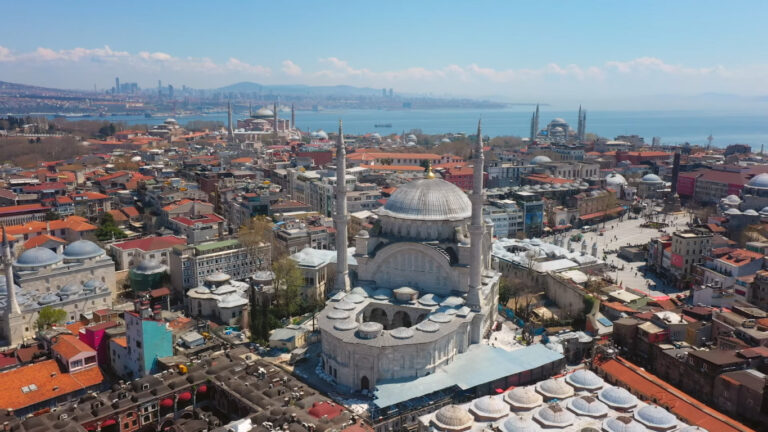Similar Posts

Şehzade Mosque
The Şehzade Mosque Complex, also known as the Şehzade Külliyesi, is a significant architectural and historical site in Istanbul, dating back to the mid-16th century. Key Information about Şehzade Külliyesi: Foundation and Significance: Commissioned by Sultan Suleiman the Magnificent in memory of his son, Prince Mehmed, who died in 1543. The complex is the first…

Çinili Mosque (literally the Tiled Mosque)
The Çinili Mosque, also known as Orta Valide Mosque or Mahpeyker Kösem Valide Sultan Mosque, is a historic mosque from the Ottoman period, located in the Murat Reis neighborhood of Üsküdar district in Istanbul. The mosque was commissioned by Mahpeyker Kösem Valide Sultan, the wife of Sultan Ahmet I. Construction began in 1638 and was…

Nuruosmaniye Mosque
The Nuruosmaniye Complex, situated in the heart of Istanbul near the historic Grand Bazaar, is a significant edifice constructed in the first half of the 18th century by Sultan Mahmud I and later completed by his brother, Sultan Osman III. The foundation of this structure was laid on January 19, 1749, and it was completed…

Küçük Ayasofya Mosque (Little Hagia Sophia Mosque )
Originally built around 530 AD by Emperor Justinian, who also commissioned the Hagia Sophia. It was known as the Church of Saints Sergius and Bacchus.

Teşvikiye Mosque
Teşvikiye Mosque is a mosque built by Abdülmecid in 1854 in the Teşvikiye district of Istanbul. III in 1794-1795. It was built on the site of the mosque built by Selim. The district, which was a deserted and forested land until the end of the 18th century, is known today as “Teşvikiye”.
The Chora Mosque (Kariye Camii)
The Chora Church or Kariye Mosque (Turkish: Kariye Camii) is a medieval Greek Orthodox church building, mostly used as a mosque since the 16th century
